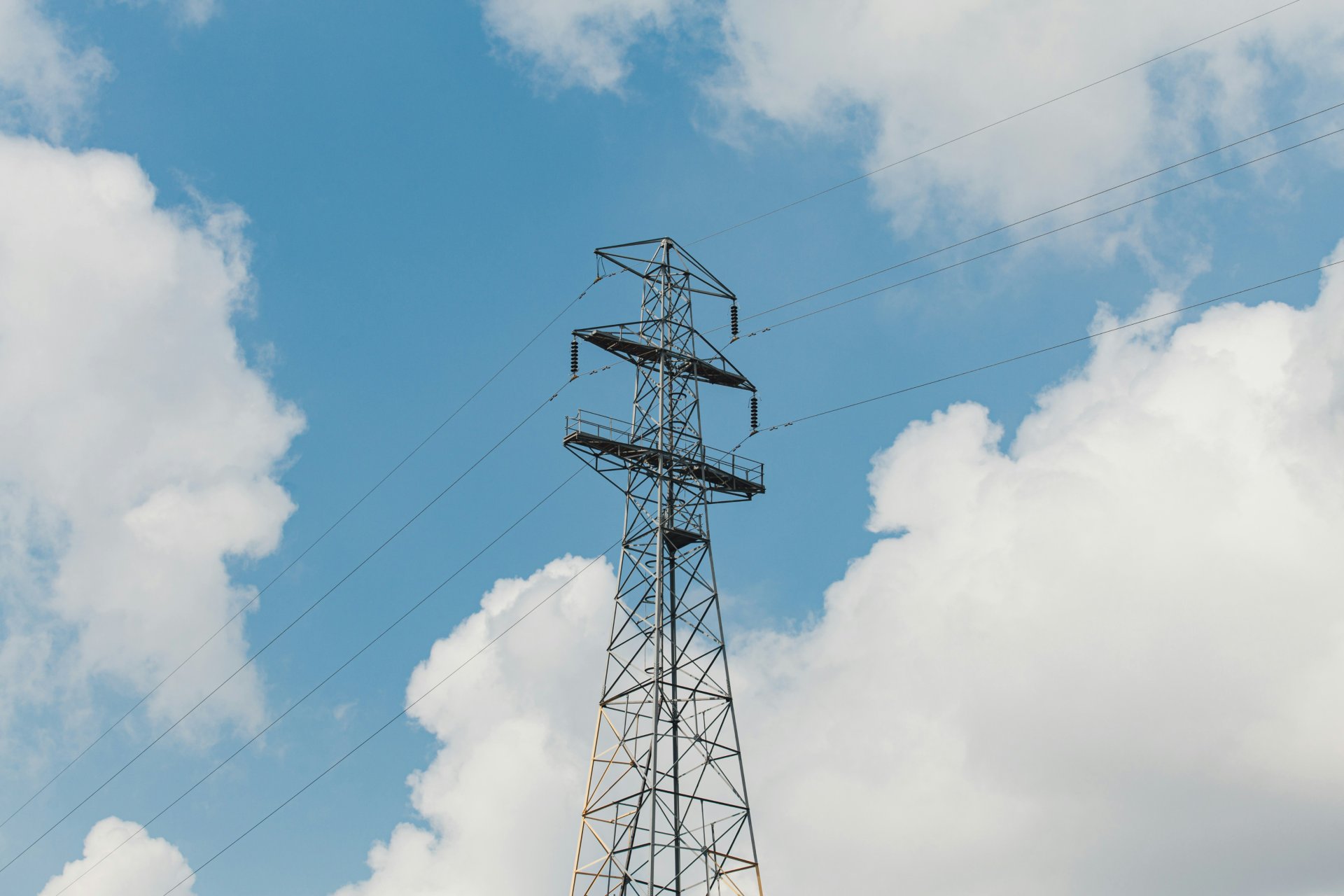National Energy System Operator (NESO) has released its latest five-year view of the Transmission Network Use of System (TNUoS) tariffs, and it forecasts a steep rise in charges from April 2026 onwards.
What is the forecasted increase?
For electricity customers the forecasted revenue required by NESO from TNUoS charges is broadly covered by two main charges.
The first is the TNUoS Fixed Residual standing charge (based on Capacity Bandings and Voltage) where the revenue to NESO is now forecasted to be £7.52bn for 2026/27. This is £3.68bn higher than 2025/26, equating to an increase of over 94%. This is forecast to rise to £11.75bn by 2030/31.
The second main TNUoS charge is the half-hourly and non-half hourly Demand tariff (often referred to as the TRIAD charge). This is also going to increase, but because of the geographical nature of this charge there are two distinct customer populations – in broad terms:
- The Northern half of Great Britain does not currently pay any monies for TRIAD Demands and this will continue.
- For the Southern half of Great Britain, from Apr 26, HH customers will see the average TRIAD Demand rate rise to £3.2245/kW from £ 2.98/kW (a rise of around 8.38%). NESO are forecasting the TRIAD average rate to rise in the South to £5.12/kW by 2030/31.
What are TNUoS charges for?
Transmission Network Use of System (TNUoS) charges are designed to recover the cost of operating, maintaining, and expanding the transmission network in England, Wales, Scotland and offshore. Suppliers pass the cost onto their domestic and non-domestic customers.
TNUoS tariffs are forecasted, final tariffs are then set in January for the tariff year that commences in April.
Why are TNUoS charges going up?
It’s primarily due to the scale of investment required to upgrade the electricity grid to support more renewables.
TNUoS charges raise revenue for Transmission Owners (TO) in Great Britain. TOs are the companies responsible for owning, operating and maintaining high-voltage electricity transmission infrastructure, such as pylons and substations.
Since NESO provided its Initial Forecast of 2026/27 TNUoS Tariffs, Ofgem published their draft determinations for the RIIO-ET3 price control. This determines the allowed revenues TOs can earn, which fund network investment to support the UK’s net zero goals. RIIO-ET3 aims to enable substantial investment in clean energy infrastructure.
Essentially, the government is providing the TOs with substantial monies in the short term, in the belief that this will enable the required upgrades to the network and reduce costs in the long term.
When will TNUoS price rises happen?
This latest forecast covers the charging period of 2026/27 to 2030/31. It has no impact on charging year 2025/26.
It’s also just a forecast at this stage. The next forecast will be released in November, and the final tariffs will be published in January – key dates to look out for are:
- By 30th November 2025: Draft 2026/27 TNUoS tariffs
- By 31st January 2026: Final 2026/27 TNUoS tariffs
Information and advice
This update was written by the experts at Sustainable Energy First, and we’ll keep you posted on the next forecast and final tariffs when they are published.
For more information about how the TNUoS increases will affect your business’ energy bills, or how you can reduce costs, get in touch with one of the team via the form below.













